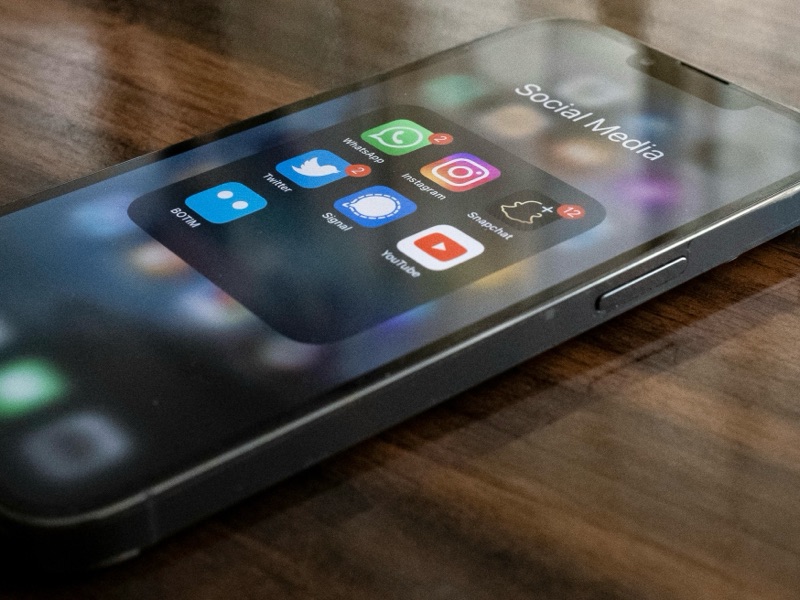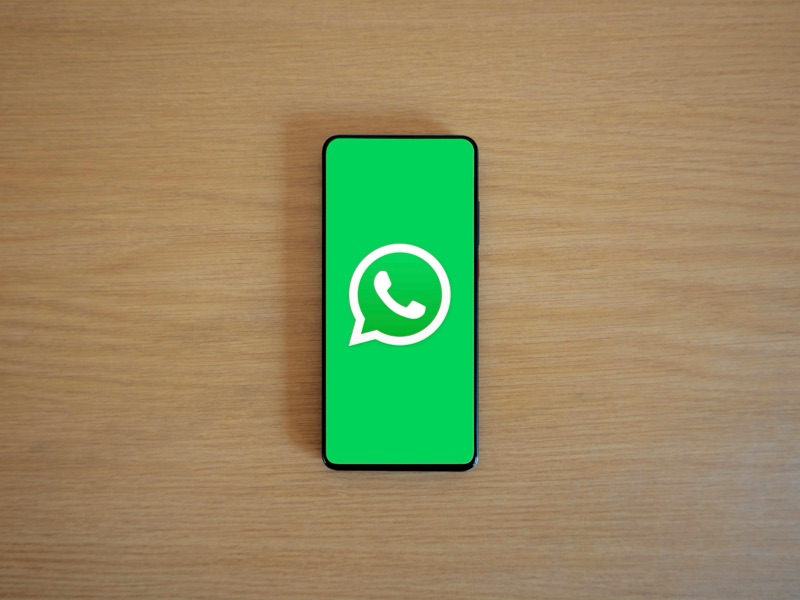In an age where data privacy is more critical than ever, end-to-end encryption (E2EE) has emerged as a cornerstone of secure digital communication. Messaging apps like WhatsApp, Signal, and iMessage all boast about using E2EE to protect user data. But what does this really mean? And how secure is it—really?
What Is End-to-End Encryption?
End-to-end encryption ensures that only the communicating users—the sender and the recipient—can read the messages being exchanged. Messages are encrypted on the sender’s device and decrypted only on the recipient’s device, with no intermediate server (not even the service provider) able to access the plaintext.
This is distinct from encryption-in-transit or encryption-at-rest, which protect data only while it's moving through networks or stored on servers, respectively.

How It Works
E2EE typically relies on public-key cryptography. Each user has a public key and a private key. The sender encrypts the message using the recipient’s public key. Once the message reaches its destination, it can only be decrypted using the recipient’s private key, which is never shared.
Some implementations, like the Signal Protocol, use a more complex system involving "double ratcheting" to provide forward secrecy (past messages remain secure even if a key is compromised) and future secrecy (each message has a unique key).
Why It’s Considered Secure
- Mathematical Robustness: Modern encryption algorithms like AES (Advanced Encryption Standard) and elliptic curve cryptography are extremely difficult to break using brute force, even with today's most powerful computers.
- No Middleman Access: Since messages are encrypted before they leave the sender’s device and are only decrypted on the recipient’s device, even the service provider cannot read them. This drastically reduces the attack surface for potential breaches.
- Resistant to Network Attacks: Intercepting encrypted traffic is generally useless without the keys, rendering man-in-the-middle (MITM) attacks ineffective if the system is properly implemented.

So, What’s the Catch?
Despite its theoretical robustness, E2EE is not bulletproof. Here are some critical limitations and vulnerabilities to consider:
- Endpoint Vulnerabilities: While the data is secure in transit, it's only as safe as the devices at either end. Malware, spyware, or physical access to the device can expose messages before they're encrypted or after they're decrypted.
- Metadata Exposure: E2EE does not hide metadata such as the sender and recipient identities, timestamps, or frequency of communication. This can still be very revealing. For example, knowing who you're talking to and how often can expose relationships and behaviors.
- Key Management Risks: If private keys are stored insecurely or backed up improperly, attackers may gain access. Poor implementations that fail to validate keys correctly can also enable spoofing or MITM attacks.
- Law Enforcement and Backdoors: Governments in several countries have called for or implemented legislation that could force companies to create backdoors for law enforcement. While no widely-used app has openly compromised E2EE with such a backdoor, pressure remains high, and compliance could undermine overall security.
- User Behavior: Screenshots, message forwarding, cloud backups, and other user behaviors can circumvent E2EE. For instance, WhatsApp messages stored in unencrypted cloud backups can be accessed with a warrant or by attackers.

Case Studies and Real-World Examples
- WhatsApp: Uses the Signal Protocol for E2EE, but offers an optional cloud backup feature. If backups aren't encrypted (which they weren't by default until recently), all E2EE protections are rendered moot.
- Zoom: Initially claimed to offer E2EE, but it was revealed in 2020 that its encryption was only between user devices and Zoom servers. After backlash, Zoom implemented true E2EE—but only for users in certain plans.
- Apple’s iMessage: Employs E2EE, but stores backups to iCloud by default, which were not end-to-end encrypted until Apple introduced Advanced Data Protection in 2022.
How to Maximize Your E2EE Security
- Use messaging platforms with transparent security practices, like Signal, which is open-source and independently audited.
- Disable cloud backups or ensure they are end-to-end encrypted.
- Keep devices updated to patch vulnerabilities.
- Use strong device passwords and biometric locks.
- Be cautious with third-party keyboard apps or accessibility services, which may be able to access typed messages.

Conclusion
End-to-end encryption, when implemented correctly, is among the most effective tools we have for securing digital communication. It dramatically reduces the risk of eavesdropping and unauthorized access. However, it is not a silver bullet. Its security depends heavily on proper implementation, user behavior, and the integrity of the devices involved.
In short, E2EE is very secure—mathematically and theoretically—but it's only as strong as its weakest link. And that link is often not the encryption itself, but the environment in which it's used.
Understanding these nuances is crucial for anyone who values privacy in a digital world where surveillance and data breaches are becoming increasingly commonplace.